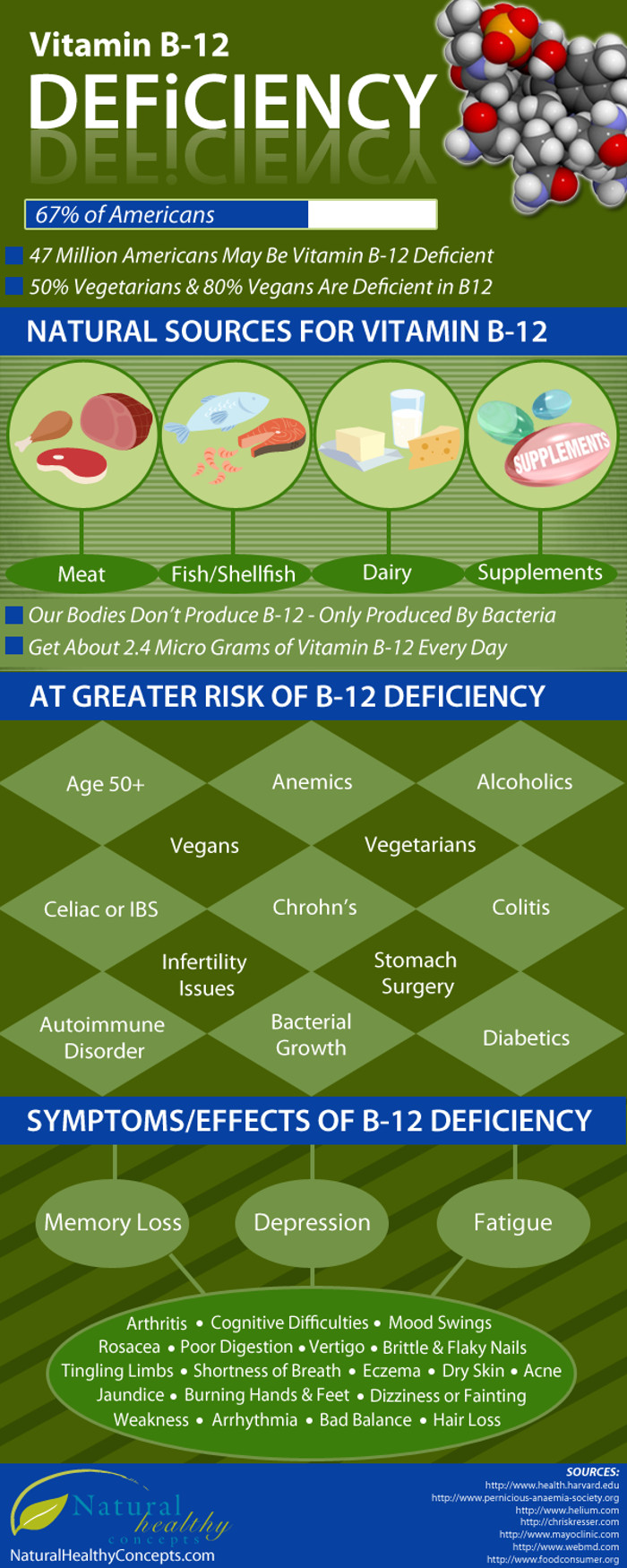Vitamin B12 plays a critical role in the body particularly for promoting neurological functions. Described as a hydrophilic vitamin, vitamin B12 is associated with DNA/RNA formation as well as other key functions such as enzymes synthesis. People looking for foods rich in Vitamin B12 are advised to take animal and dairy products such as fish, eggs, liver, milk and other fortified plant foods. Pernicious anemia is caused by Vitamin B12 deficiency. Other ailments include gastric secretion of acid.
Vitamin B12 has 3 main different forms otherwise known as cobalamins. They include cyanocobalamin, hydroxocobalamin and Methylcobalamin. It is good to know how to choose the best cobalamin that delivers the best results. This can be achieved by learning about the key differences between various types of cobalamins.
Cyanocobalamin
Cyanocobalamin is FDA approved and is known to be an inactive form of vitamin B12. Having been approved as a treatment method, it is widely used on the market particularly because of the fact that it is pocket friendly when compared to the other vitamin B12 treatments. This Vitamin B12 form has a short half-life of about six hours only.
The rate of cyanocobalamin absorption is significantly lowered in cases where a patient has low gastric acid secretion. This vitamin B12 form can be administered orally without any problems. Furthermore, cyanocobalamin can also be administered intramuscularly (IM) or subcutaneously (SQ). A key difference with hydroxocobalamin is that cyanocobalamin is not administered using IV (Intravenous). It is important to note that after an injection, cyanocobalamin has to be converted to methylcobalamin and finally hydroxocobalamin before they getting utilized by the body.
Cyanocobalamin is the most gentle to inject as the patients don’t feel a discomfort. People such as smokers who have many toxins are advised to choose other vitamin B12 forms. Cyanocobalamin is not ideal for treating patients with pernicious anemia.
Hydroxocobalamin
Just like cyanocobalamin, it is an inactive vitamin B12. However, unlike cyanocobalamin whose half life is only about six hours, hydroxocobalamin has a substantially extended half-life. This is important because it helps enables the blood stream to retain hydroxocobalamin proteins for longer periods. This means that patients don’t have to be injected every now and then.
Differences
Unlike cyanocobalamin, hydroxocobalamin has not been approved by the FDA but is still a widely acceptable treatment for vitamin B12 deficiency. Actually, World Health Organization recommends it as a “drug of choice”. This vitamin B12 form has successfully treated cyanide toxicity and unlike cyanocobalamin can be administered to pernicious anemia patients and smokers who are Vitamin B12 deficient.
The main method of administering hydroxocobalamin is use of IV injections. Remember that cyanocobalamin advocates other methods such as IM. In this case, IM (Intramuscular) is very painful.
